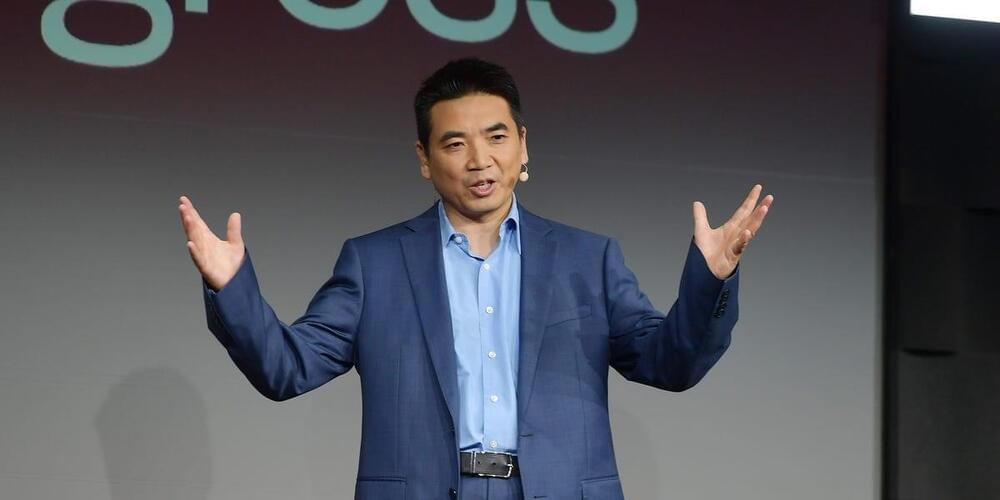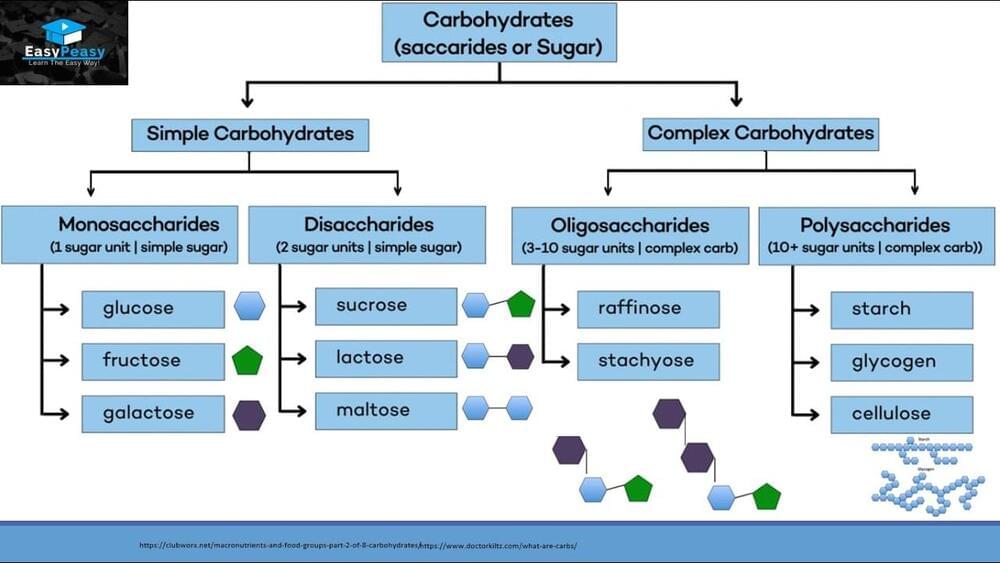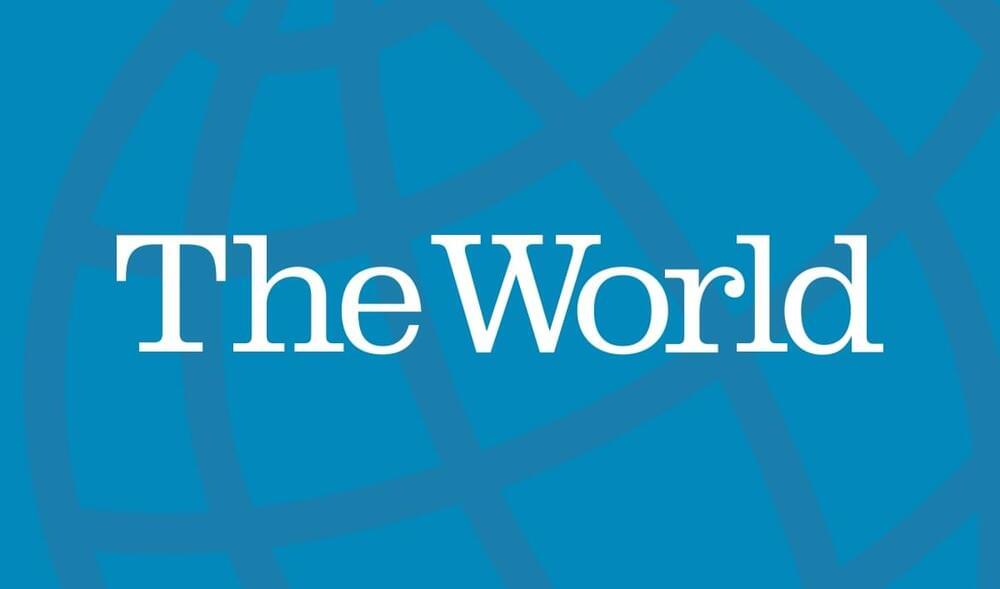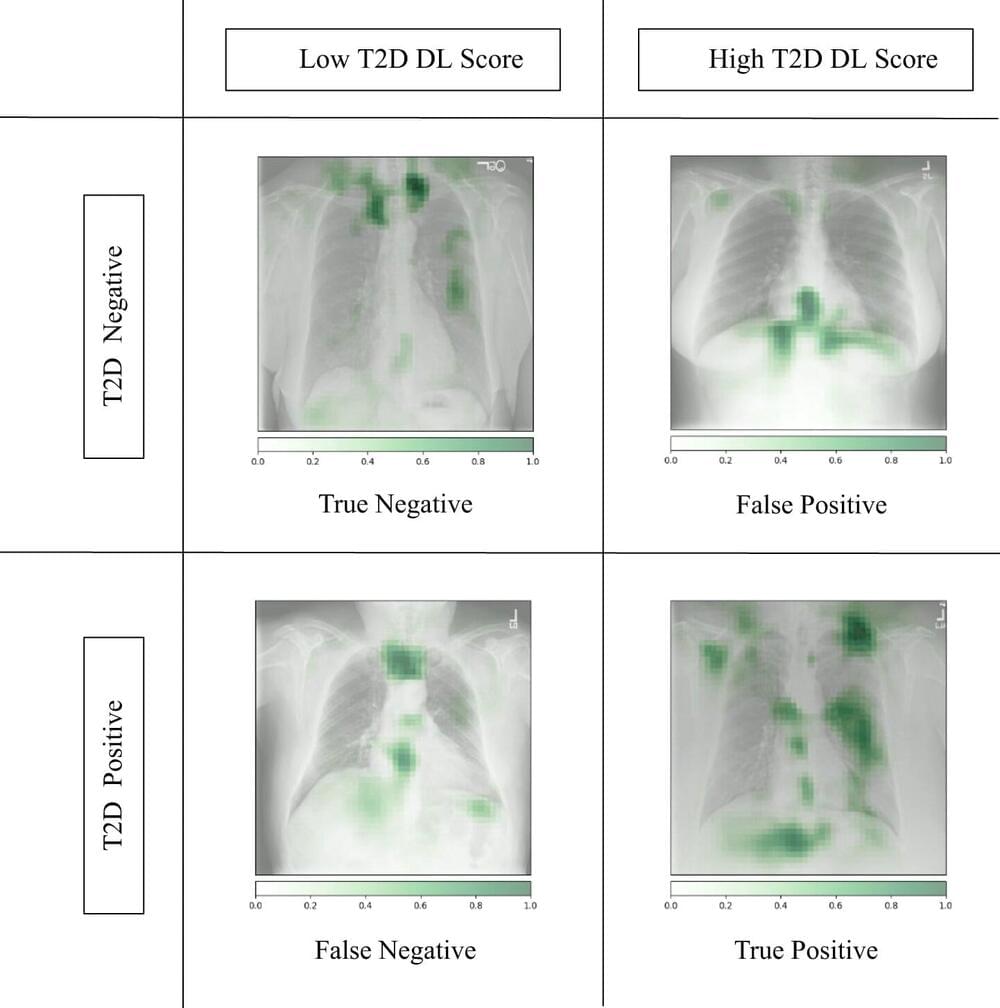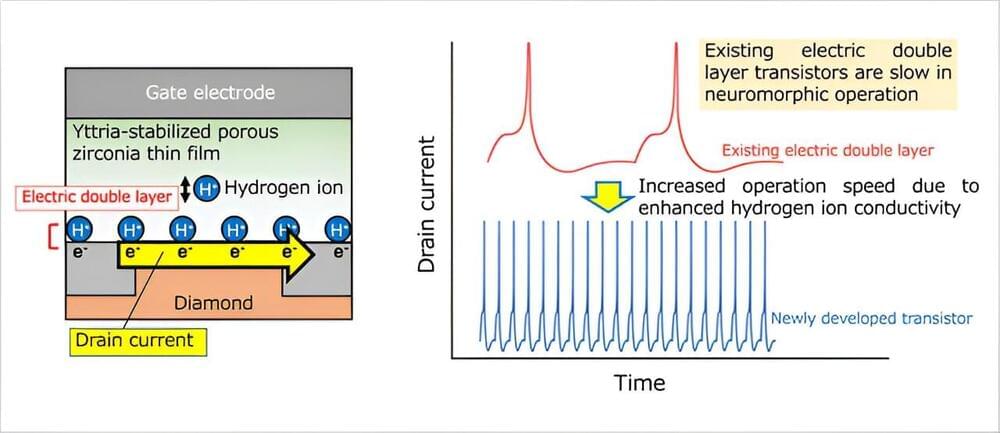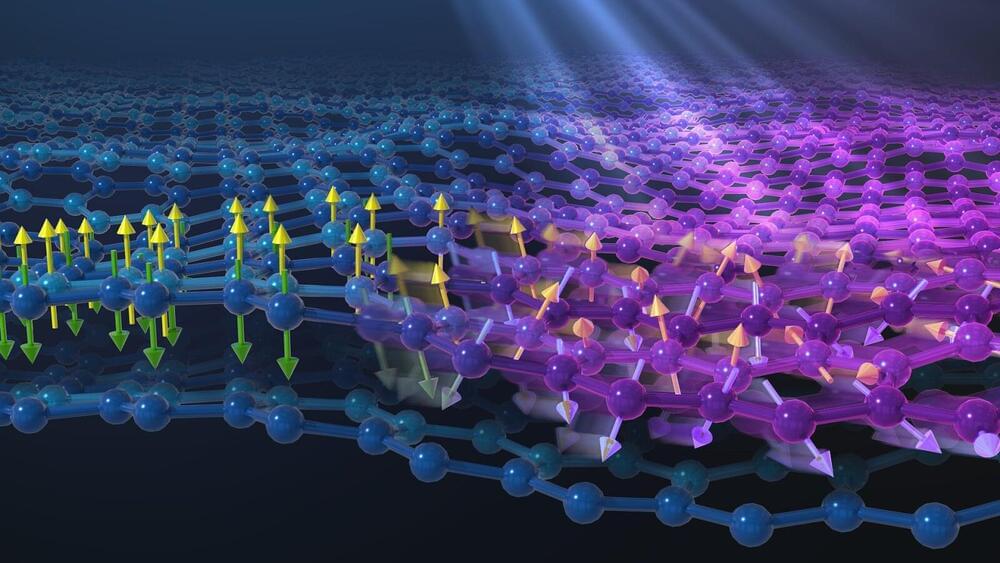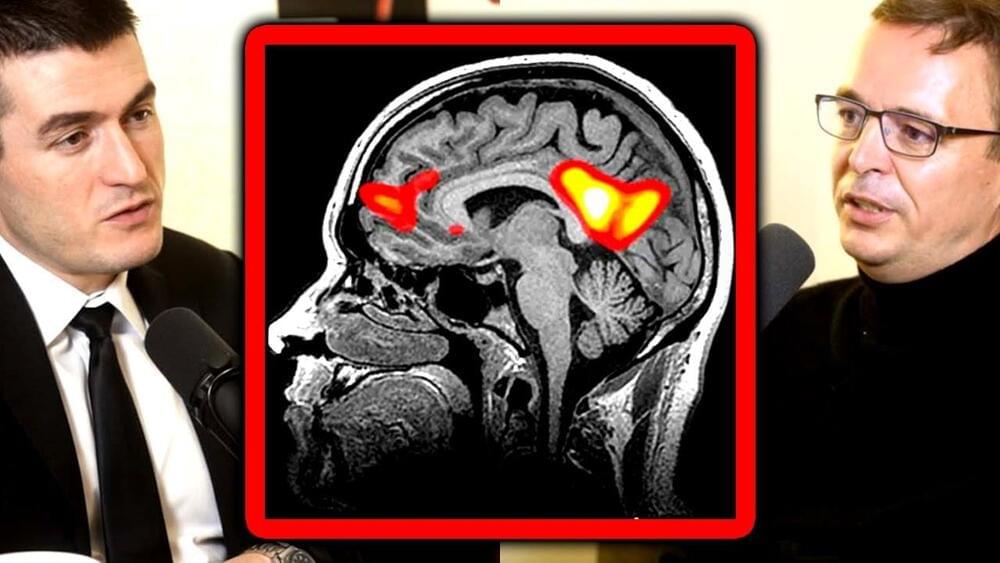Rechargeable lithium-ion batteries power smartphones, electric vehicles and storage for solar and wind energy, among other technologies.
They descend from another technology, the lithium-metal battery, that hasn’t been developed or adopted as broadly. There’s a reason for that: While lithium-metal batteries have the potential to hold about double the energy that lithium-ion batteries can, they also present a far greater risk of catching fire or even exploding.
Now, a study by members of the California NanoSystems Institute at UCLA reveals a fundamental discovery that could lead to safer lithium-metal batteries that outperform today’s lithium-ion batteries. The research was published today in the journal Nature.

